Implementing the 5 E’s Learning Model in Classrooms

Implementing the 5 E’s Learning Model in Classrooms
The 5 E’s is an inquiry-based learning approach that is founded on the belief that students learn by building new ideas on top of old ones. Using this model, students can understand and learn concepts and skills over a series of 5 steps or phases of […]
5 Steps to help Teachers with Grant Writing
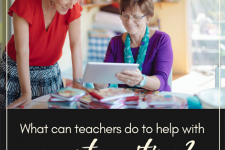
5 Steps to Help Teachers with Grant Writing
Sometimes, innovative ideas for classroom projects fail to take off due to limited class budgets. As a result, teachers often look to outside sources for funding, leading them to embark on the process of writing grants. While grant writing can seem a daunting task to many, […]
Implementing Immersive Learning in Classrooms
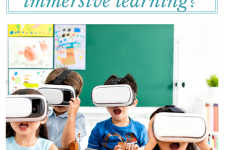
Implementing Immersive Learning in Classrooms
Over the last few years, technology has played a pivotal role in shaping learning in the classroom. From m-learning, flipped classrooms and BYOD programs to using digital applications for communications, assignment submissions and testing, technology has had a hand in it all. Why? Because, these techniques are more interesting […]
Understanding IEP Terminology
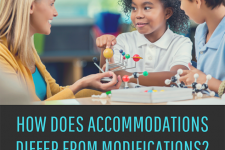
Understanding IEP Terminology
Teachers are likely to come across the terms accommodations and modifications if they have students with special needs in their classrooms. These terms are commonly found in Individualized Education Plans (IEPs) or 504 plans and refer to adjustments to the curriculum and environment that can make learning accessible for students with […]
Creating Classroom Communities

Creating Classroom Communities
Children develop a sense of belonging to their families and communities from a young age. Next to homes, schools are where students spend most of their time. This makes it important for schools, especially classrooms, to present themselves as a community, making students feel included, valued and connected to each other.
Classroom […]
What is Case-Based Learning?
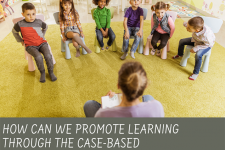
What is Case-Based Learning?
Case-based learning, or, the case method, is a student-centered learning approach. This method uses cases – hypothetical, or real-life problems – to supplement theoretical knowledge. In this learning strategy, students are given cases to solve, allowing for practical application of the concepts learned in class. Use of case-based learning:
Facilitates collaborative […]
Benefits of Journaling in the Classroom

Benefits of Journaling in the Classroom
Journaling is a reflective process that enables writers to take control of their thoughts and emotions. In a classroom, the most obvious use for journals is as a writing strategy, but that is not all. Research has shown that encouraging students to maintain journals can be beneficial as […]
How to be a Good Mentor?

How to be a Good Mentor
Senior staff are sometimes requested to mentor other teachers as part of professional development programs or to help novice teachers learn the ropes. Either way, mentoring is a huge responsibility that is bestowed on teachers who are skilled and experienced. Being a mentor is not an easy task, […]
Using Anecdotal Records in the Classroom
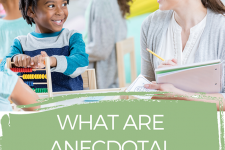
Using Anecdotal Records in Classroom
Anecdotal notes are concise, objective narratives about an incident or person. In classrooms, teachers can write anecdotal notes recording their observations of students – behaviors, skills, attitudes, performance, and classroom incidents. Teachers can write, compile and use their anecdotal notes on students as a documentation system.
Writing Anecdotal Notes:
Anecdotal […]
Developing Self-Reliant Learners
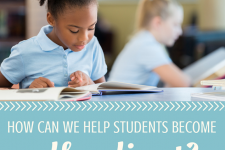
Developing Self-Reliant Learners
It is important to help students become self-reliant. Self-reliant students learn to become independent in decision-making. They are likely to be focused, goal-oriented, confident in their abilities and committed to their learning. While some students become self-reliant on their own, others may require some direction. Here are four important skills […]



